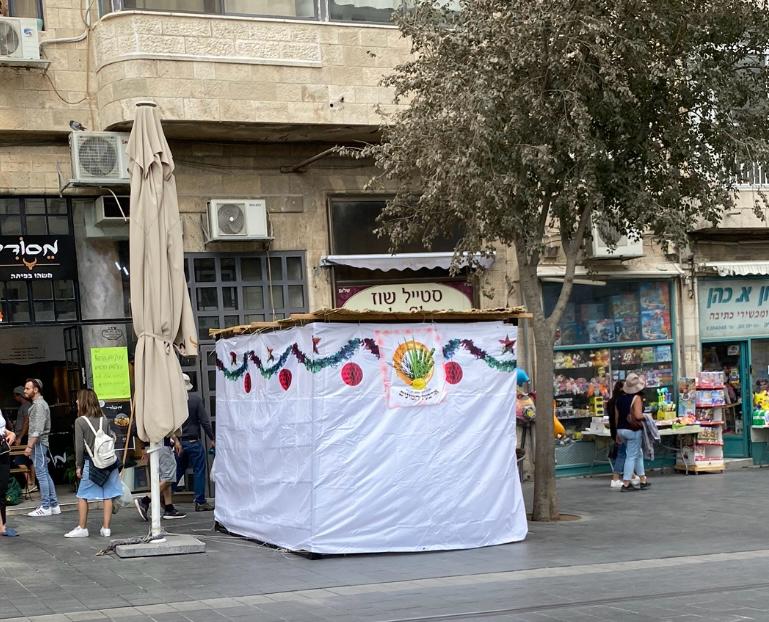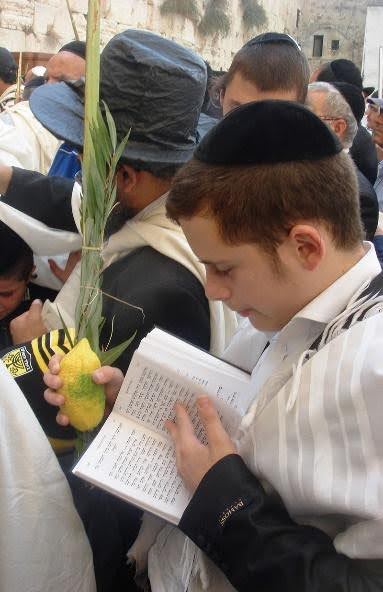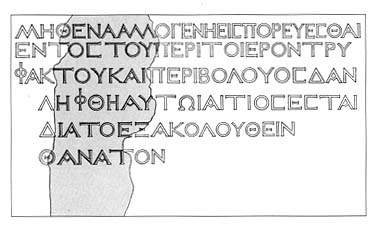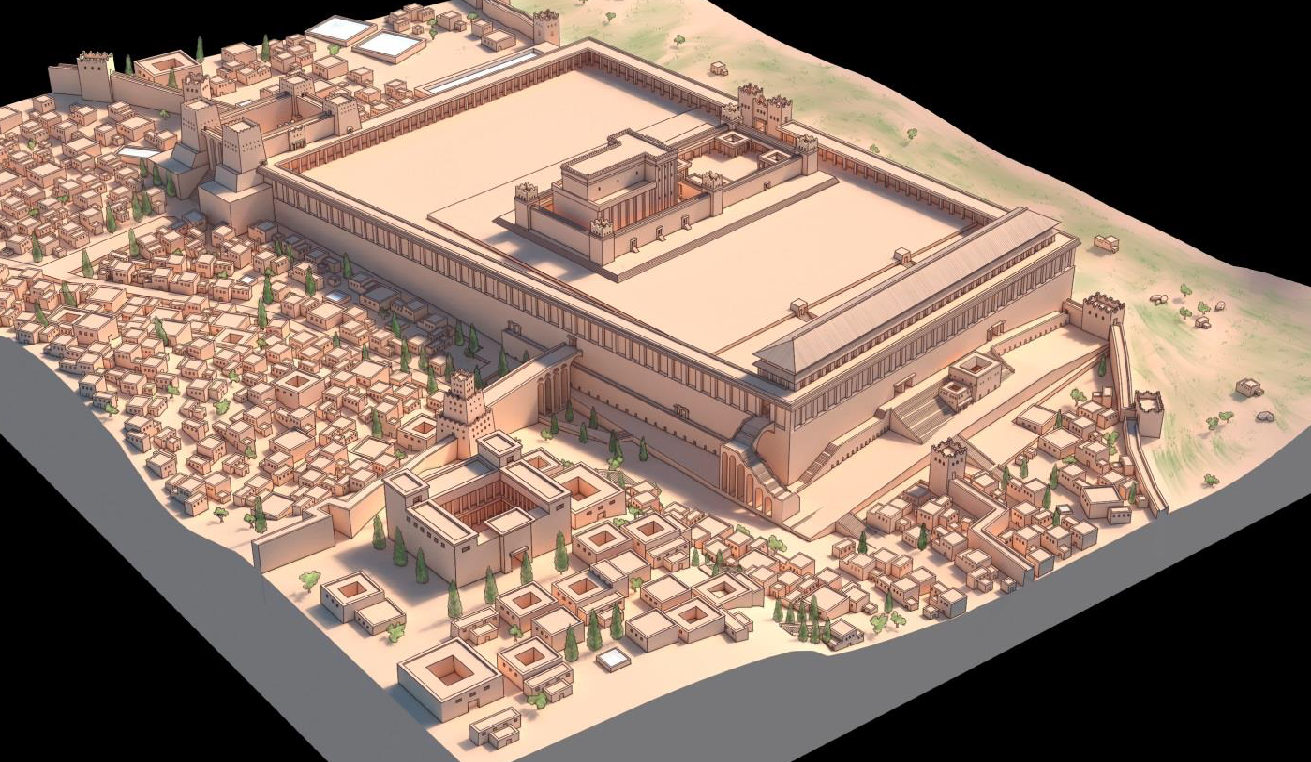“Tú pronunciarás estas palabras ante Yahveh tu Dios: ‘Mi padre era un arameo errante que bajó a Egipto y residió allí como inmigrante siendo pocos aún, pero se hizo una nación grande, fuerte y numerosa’.” – Deuteronomio 26, 5



“Partos, medos y elamitas; habitantes de Mesopotamia, Judea, Capadocia, el Ponto, Asia, Frigia, Panfilia, Egipto, la parte de Libia fronteriza con Cirene, forasteros romanos, judíos y prosélitos, cretenses y árabes” – Hechos 2, 9-11



“Los escribas y fariseos le llevan una mujer sorprendida en adulterio, la ponen en medio y le dicen: ‘Maestro, esta mujer ha sido sorprendida en flagrante adulterio. Moisés nos mandó en la Ley apedrear a estas mujeres. ¿Tú qué dices?’” – Juan 8,3-5
En el caso de aquella mujer, el motivo de la acusación no es de profanación del Templo sino de adulterio. Pero, aun así, la intención de los acusadores era no tanto juzgar este caso sino más bien poner a Jesús a prueba. El Maestro les dio una lección de misericordia: “inclinándose, se puso a escribir con el dedo en la tierra.” Después de un rato de espera incómodo, Jesús “se incorporó y les dijo: ‘Aquel de vosotros que esté sin pecado, que le arroje la primera piedra’.” (Jn 8,6.8) Avergonzados se fueron entonces los acusadores empezando por los mayores.
Por Henri Gourinard
